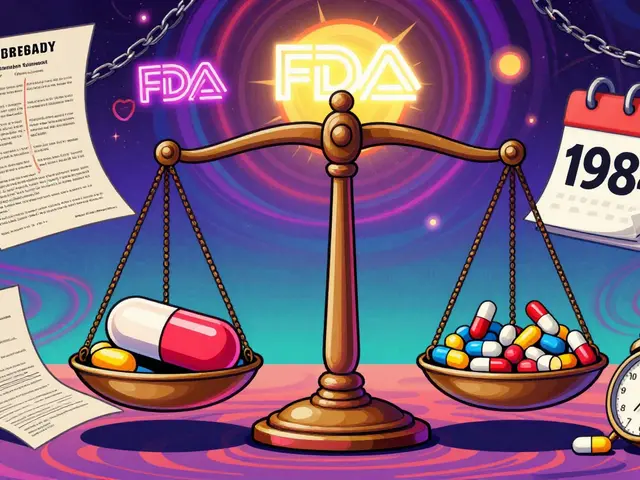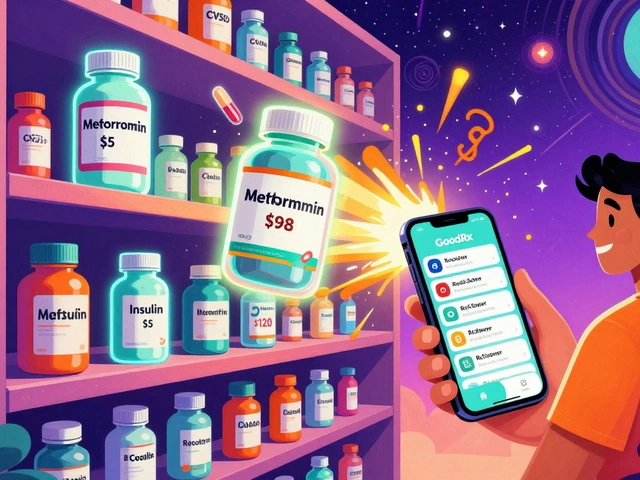Gout Prevention: Practical Steps to Avoid Flare-Ups
If you’ve had a gout attack, you know how painful and sudden it can be. Prevention is mostly about steady habits: food, fluids, weight and meds when needed. You don’t have to overhaul your life; small changes often cut attacks dramatically. Keep reading for clear, practical steps you can try this week.
Eat and drink to reduce uric acid
Cut back on high-purine foods: organ meats, anchovies, sardines, and large servings of red meat. Swap to lean proteins like chicken, tofu, and eggs. Drink water—aim for about 2 to 3 liters a day unless your doctor says otherwise. Avoid sugary drinks and limit fruit juices; they raise uric acid. Enjoy low-fat dairy and vegetables; they help lower risk.
Lifestyle fixes that matter
Lose weight slowly if you’re overweight. Rapid weight loss can actually trigger gout. Aim for steady 0.5 to 1 kg per week with sensible portion control and regular activity. Limit alcohol—beer and spirits are worst for gout. A single night of heavy drinking can bring on an attack. Exercise helps insulin sensitivity and uric acid control; start with brisk walking or swimming.
When lifestyle isn't enough, talk to your doctor about urate-lowering therapy like allopurinol or febuxostat. These drugs lower long-term uric acid and cut future flares. Your target uric acid is usually under 6 mg/dL; some people need lower targets. Regular blood tests and following your prescription schedule matter more than skipping doses.
For short-term flare prevention, your doctor may advise a low dose of colchicine or an NSAID during the first months of urate-lowering therapy. That reduces the risk of early attacks while uric acid falls. Never combine meds without medical advice—some drugs interact badly.
Track your triggers. Keep a short diary for food, alcohol, and stress when you get an attack. You’ll spot patterns fast. Also, remember simple measures during a flare: rest the joint, apply ice, and take prescribed pain meds. Don’t ignore repeated attacks—each one raises the chance of joint damage.
Quick checklist: hydrate, cut beer and sugary drinks, limit red meat and shellfish, add low-fat dairy and cherries, lose weight slowly, exercise, and see your doctor about urate-lowering drugs if attacks recur. Small steady changes add up. If you want, bring this list to your next appointment.
Check other meds and health issues. Diuretics, low-dose aspirin, and some chemotherapy drugs raise uric acid. High blood pressure, kidney disease, and obesity make gout worse. Managing those conditions helps. Share your full medicine list with your clinician.
Foods that may lower risk include cherries, coffee, and vitamin C rich fruits. Aim for two servings of cherries or tart cherry juice during high-risk periods; some people report fewer flares. Moderate coffee (1-3 cups a day) ties to lower gout risk in research, but avoid adding lots of sugar. Talk with your doctor before starting supplements.
If attacks keep happening, ask for a rheumatology referral, set a uric acid goal, and plan regular blood tests with your doctor soon.
Top 10 foods to avoid if you have high uric acid levels
In my latest blog post, I've compiled a list of the top 10 foods to avoid if you have high uric acid levels. These foods, rich in purines, can trigger painful gout attacks and worsen your condition. Some of the top offenders include red meat, seafood, sugary beverages, and alcohol. By steering clear of these foods, you can significantly lower your uric acid levels and improve your overall health. Check out the full list on my blog to learn more about these dietary changes and how they can benefit you.





